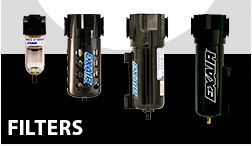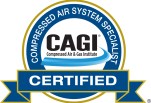The first brand-new car I ever bought was a 1995 Ford Escort wagon. I was playing in a band pretty much every weekend (and the occasional weeknight), and my digital piano case fit perfectly in the back – I took it with me to make sure when I went to test drive it. Over eleven years, I put just shy of 200,000 miles on it, and, aside from gas, oil, and tires, had a little under $1,000 in repair costs.
There used to a legendary warning about not buying a car made on a Monday (since the auto workers were presumably recovering from the weekend) or a Friday (since they were equally presumably distracted by getting ready for the weekend). Some folks only buy a particular make of automobile (or shun another) because that’s the make their favorite race car driver (or least favorite) drives. I don’t know what day of the week that Escort was made, and I couldn’t tell you which race car drivers are loyal to the Ford Motor Company, but I CAN tell you that I followed the manufacturer’s recommended maintenance schedule to a “T”. And I’m pretty sure that had a LOT more to do with that little red wagon’s longevity than a bunch of auto workers’ attention to detail (or lack thereof) or who’s popular on the NASCAR circuit.
The same is true for many components that make up your compressed air system. You’re going to want to change the lubricating oil in your compressor on a regular basis (as recommended by the manufacturer) for the exact same reasons you change the oil in your car’s engine. You need to replace particulate elements in compressed air filters, same as you need to periodically replace your car’s air filter.
For point-of-use devices – like most EXAIR compressed air products – preventative maintenance largely comes down to replacing those particulate elements in your filters. Products like our Air Knives, Air Wipes, Air Amplifiers, E-Vac Vacuum Generators, Reversible Drum Vacs, and Vortex Tubes all have relatively small passages that the air has to flow through, so it’s critical to their performance to supply them with clean air. In fact, if you DO supply these products with clean air, they’ll run darn near indefinitely, maintenance free. That’s why all of our product Kits include a Filter Separator with a 5 micron particulate element, and a centrifugal element for moisture removal.

One question we get on a pretty regular basis is, how often do you have to change the particulate element in our Filter Separators. Good engineering practice calls for replacing that element when the differential pressure across the filter reaches 5psi. Now, you can measure the pressure on either side of the Filter Separator and change the element when the outlet pressure drops 5psi from the inlet. If you can shut down long enough to do so, that’s an efficient way to do it – that ensures you get the most ‘bang for your buck’ from that element.
Of course, those elements don’t cost all that much – but shutting down a production line, for even the few minutes it takes to replace an element, can get VERY costly. Facilities that run 24/7 will usually plan some downtime for periodic maintenance on SOMETHING…and they’ll just replace their Filter Separator’s particulate elements during those downtimes.
If you’ve got questions about getting the most out of our products – and, by extension, your compressed air system – give me a call.
Russ Bowman, CCASS

Application Engineer
Visit us on the Web
Follow me on Twitter
Like us on Facebook


